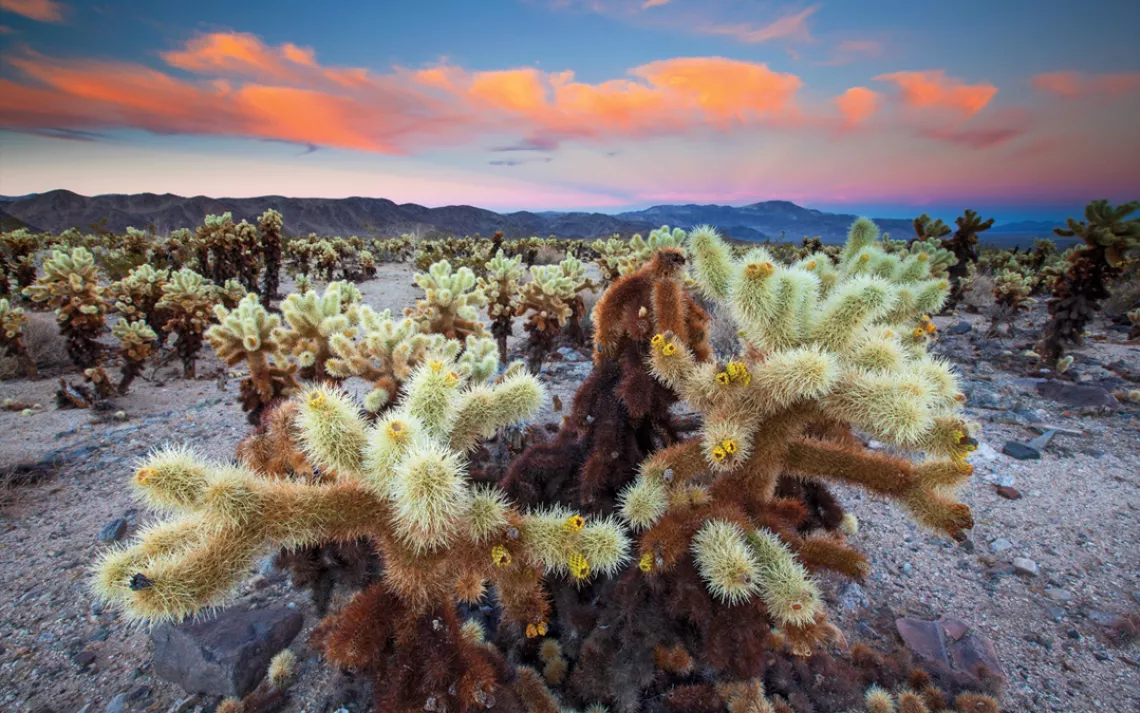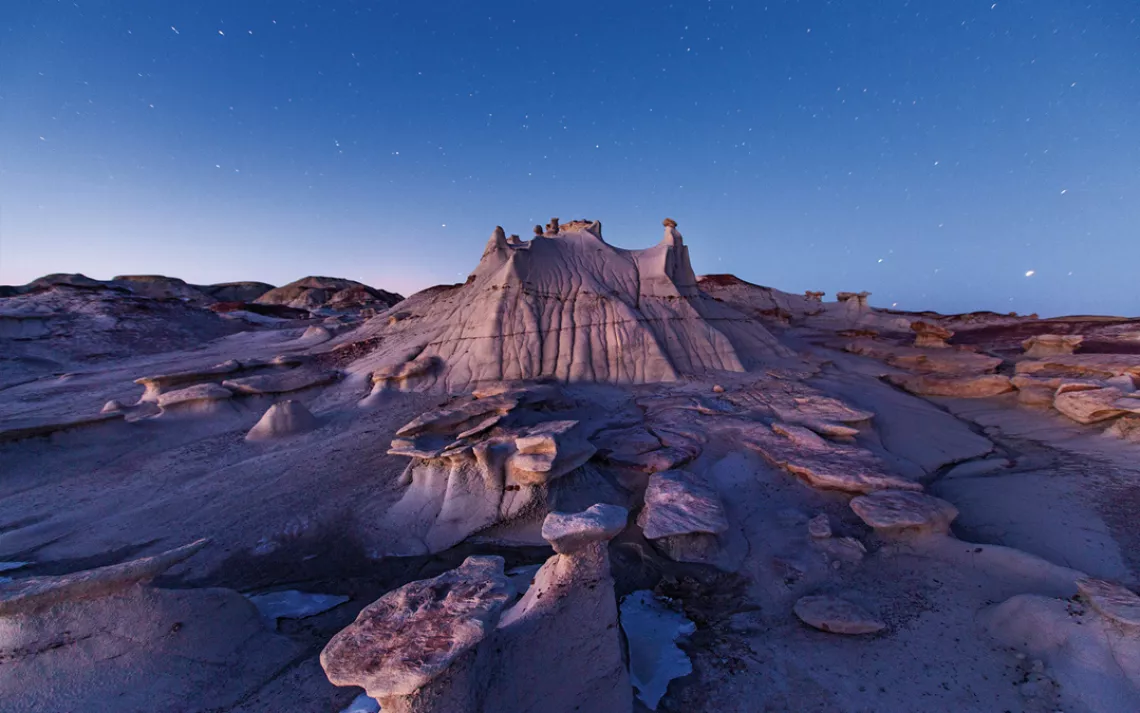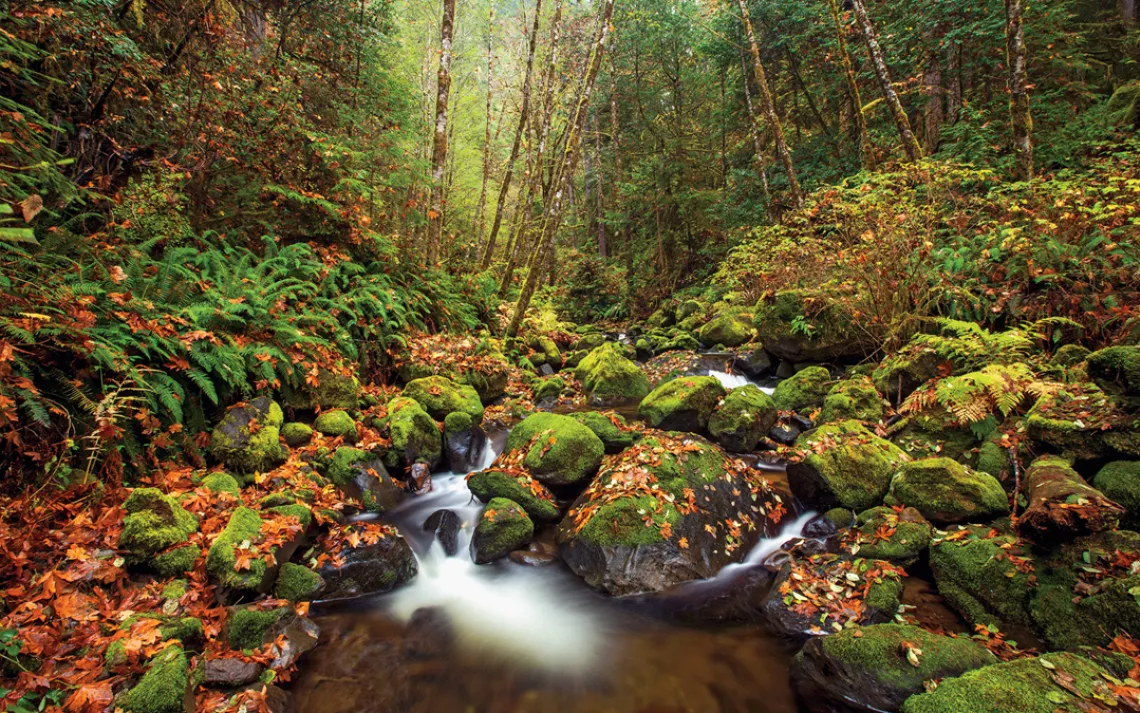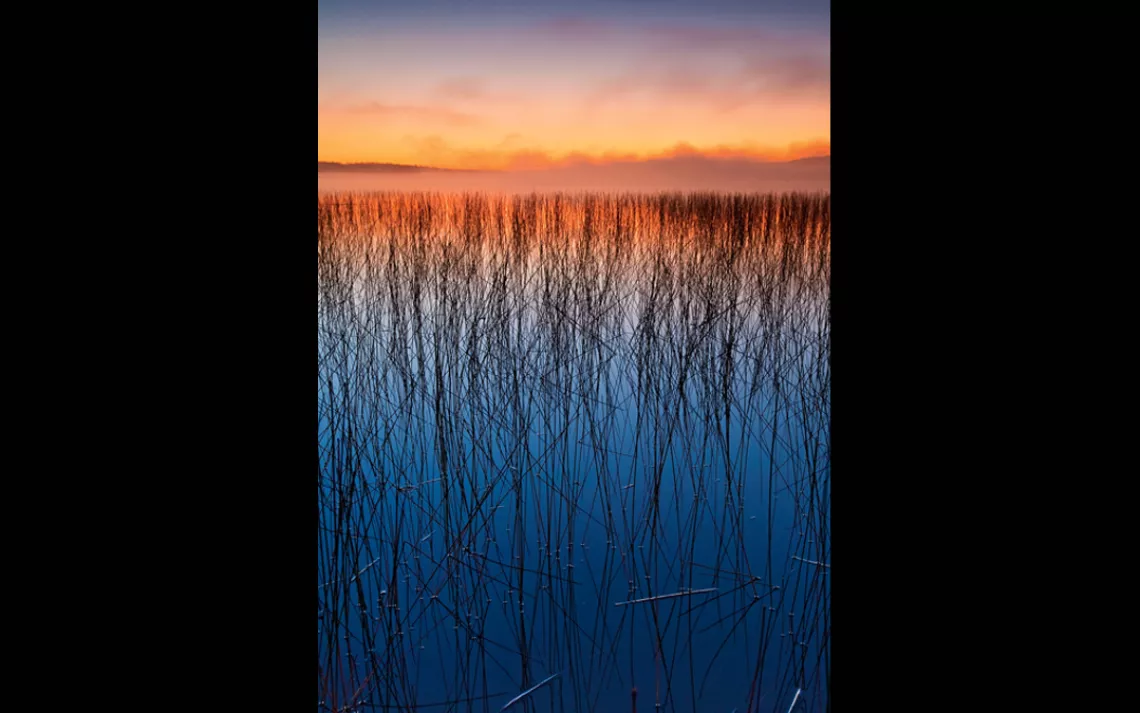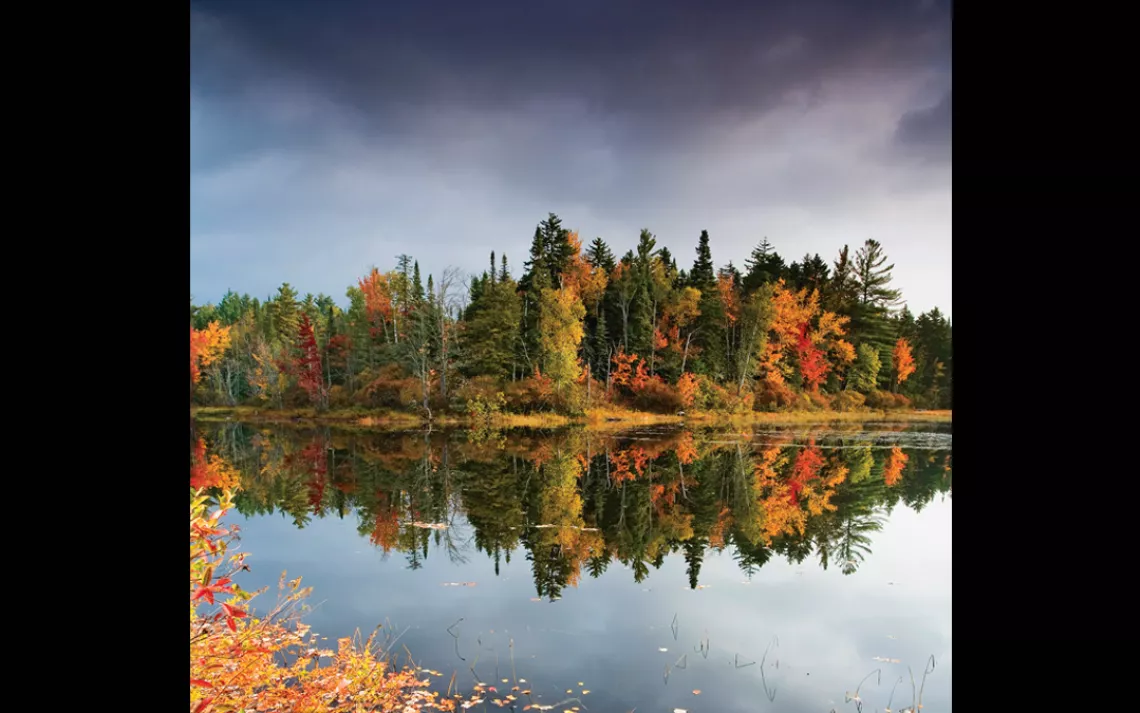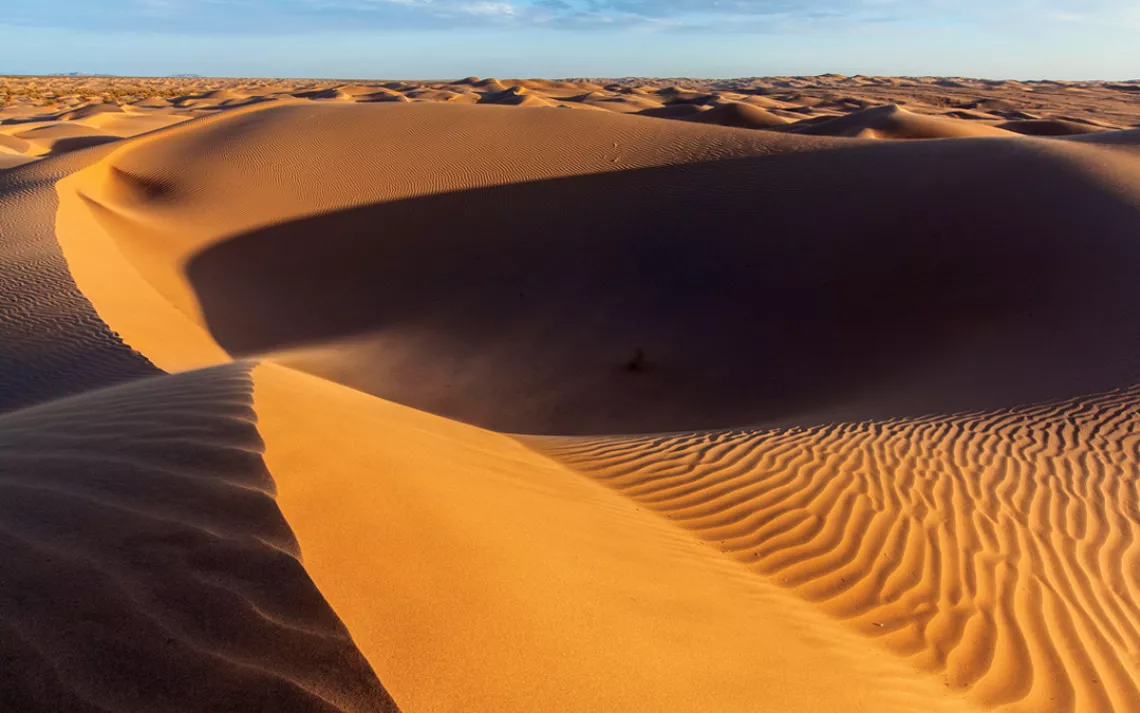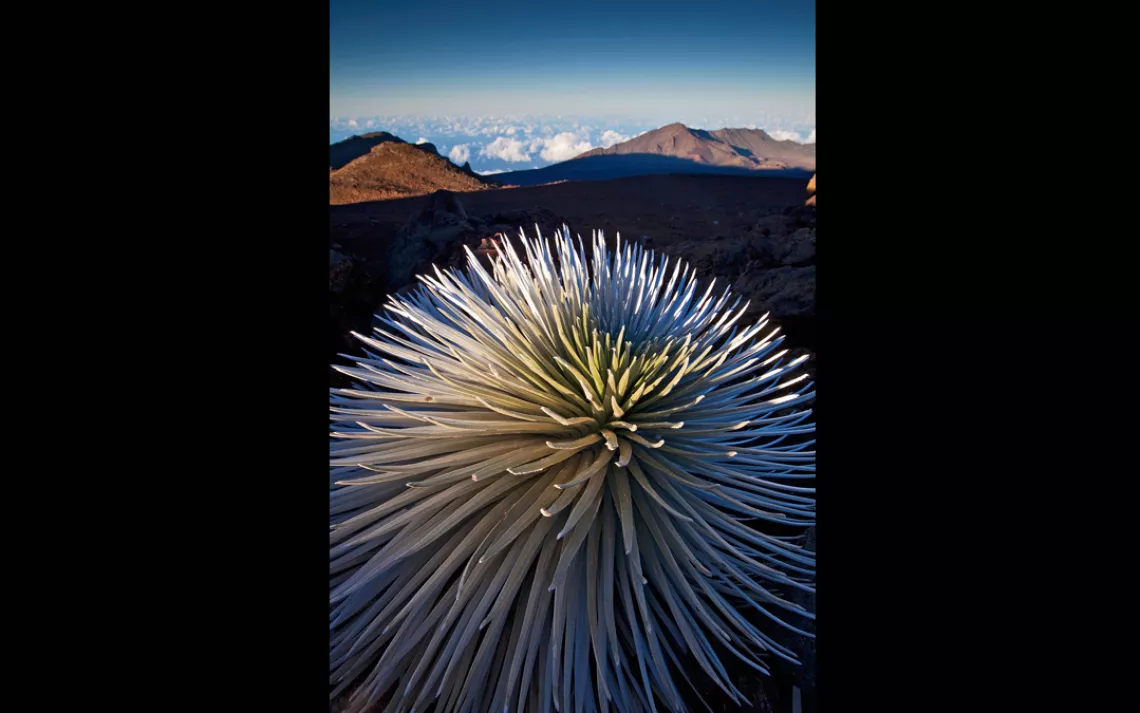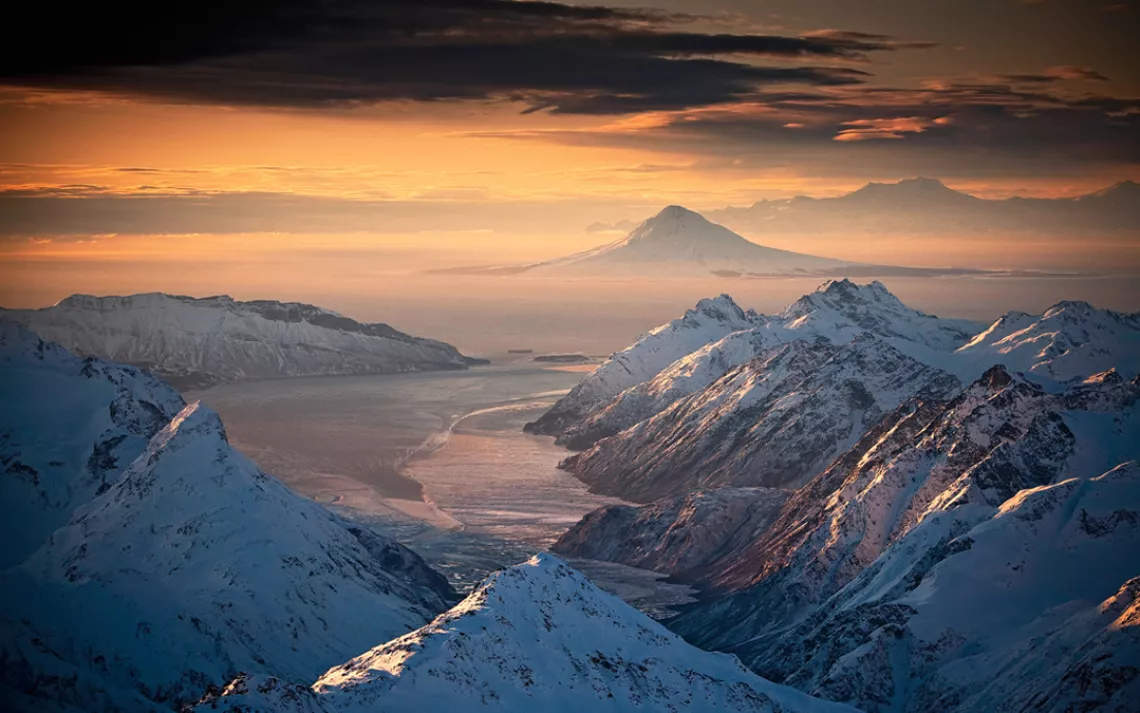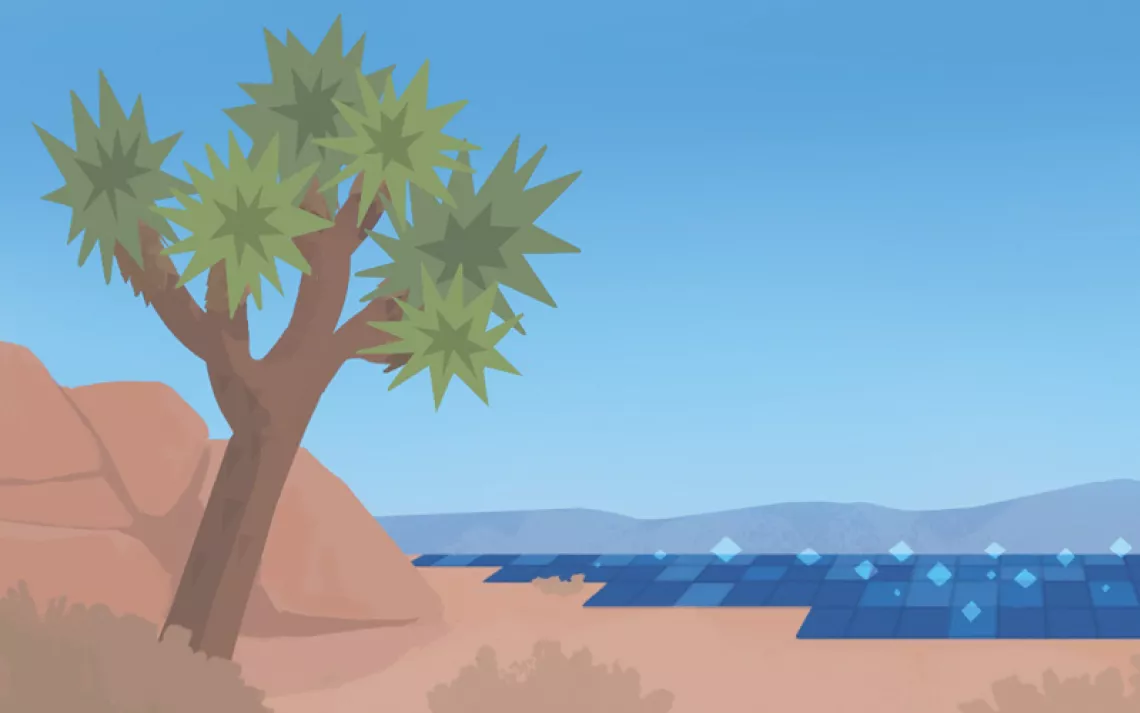The Wilderness Act at 50: Hope in the Unseen
The Wilderness Act turns 50 this summer. That landmark law now protects 110 million acres of untamed landscape--roughly 5 percent of the country's total acreage, an area bigger than California--from drills, bulldozers, chainsaws, and other implements of destruction. It's both disheartening and uplifting to consider that few Americans will visit more than a minuscule slice of that land. Disheartening because we all need to get out more. Uplifting because it shows that we understand how important it is to protect the nation's wildest and most remote landscapes--seen or unseen.
Photography by Ian Shive
 The Magazine of The Sierra Club
The Magazine of The Sierra Club
